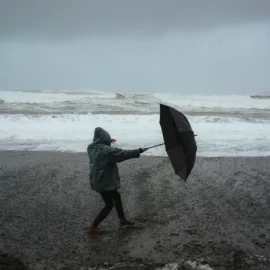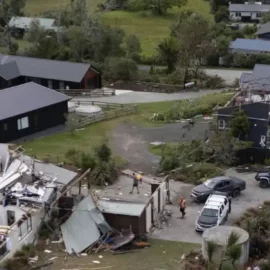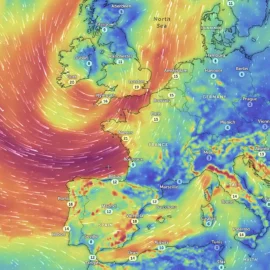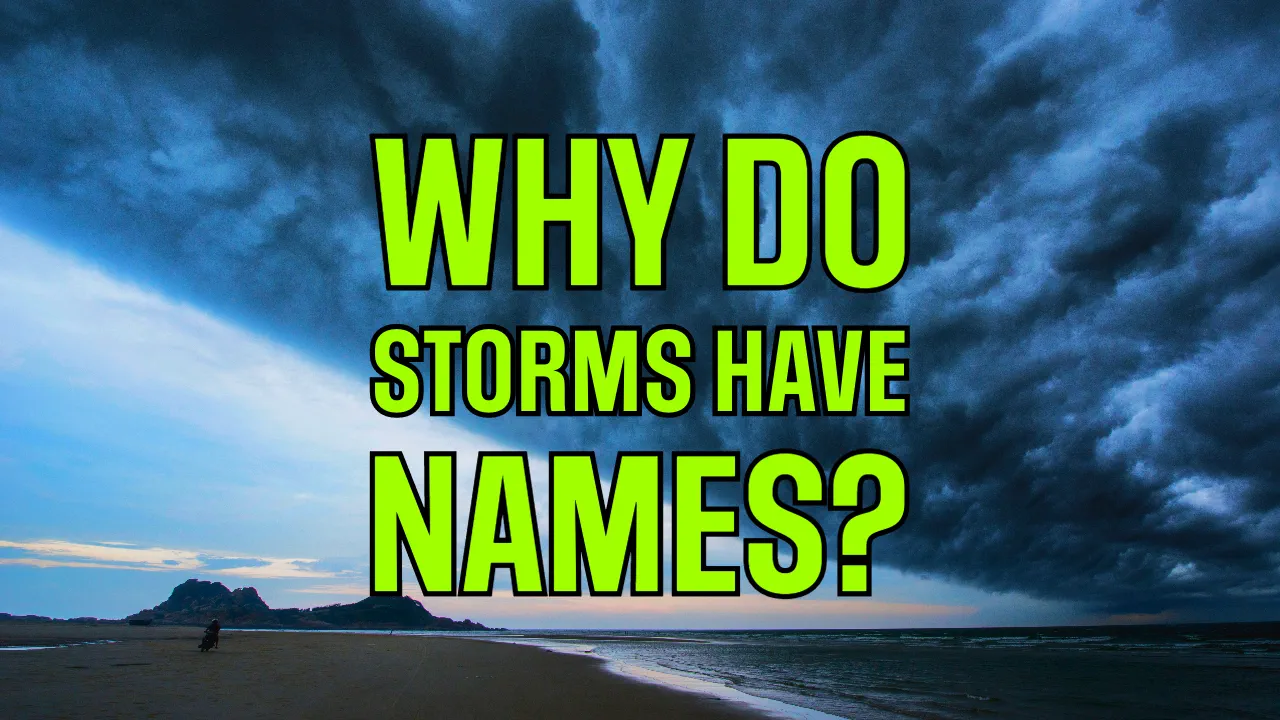
Why Do Storms Have Names? Unraveling the Mystery Behind Naming Storms
Naming storms might seem like a modern tradition, but it has a history dating back to the 1950s in the United States. This practice is rooted in making weather forecasts more relatable and easier for the public to engage with, discuss, and compare over time.
The United Kingdom's Met Office also recognizes the value of storm naming. Derrick Ryall from the Met Office explains, "We have seen how naming storms elsewhere in the world raises awareness of severe weather before it strikes."
So, how are storms named? In 2015, inspired by the successful U.S. model, the UK Met Office and Irish service Met Éireann introduced their "Name our Storms" campaign. Most years, the public contributes to the shortlist of storm names. Since 2019, the national weather service of the Netherlands has also joined in suggesting names.
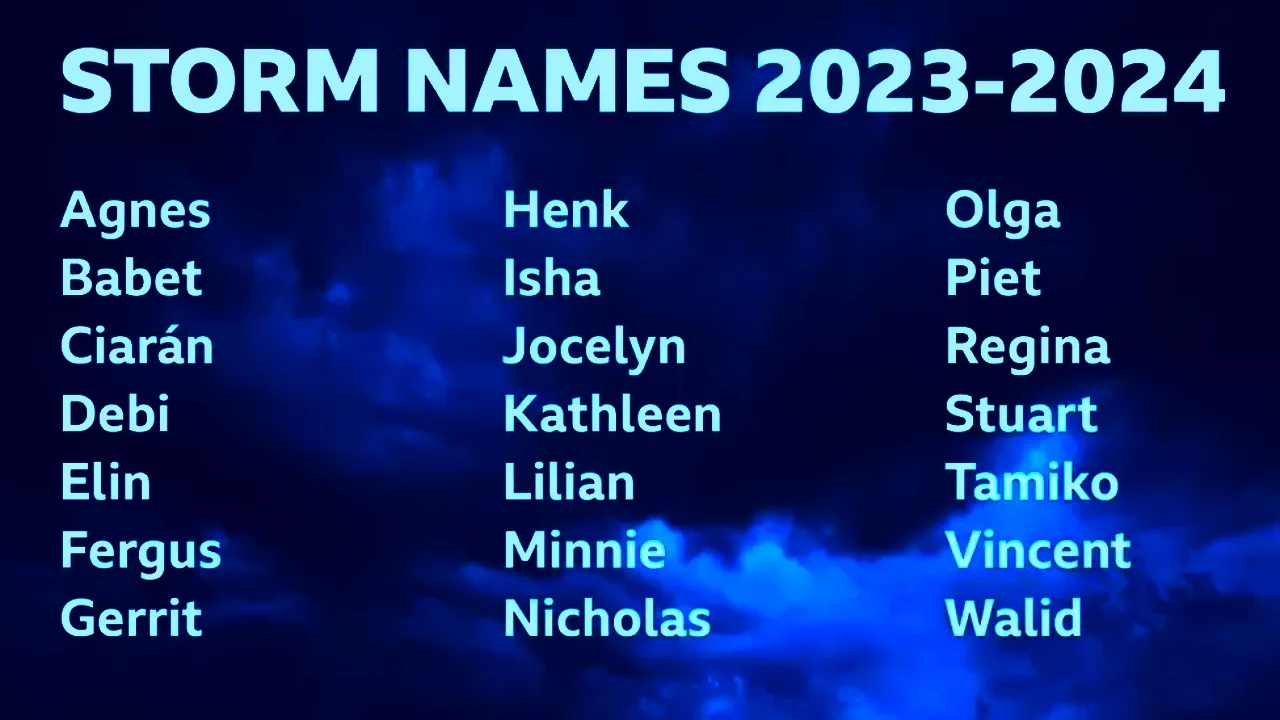
For the 2023/24 season, the Met Office made a slight change by naming some storms after prominent scientists, meteorologists, and others dedicated to public safety during severe weather events.
This year, the alternation between male and female names was set aside to honor the right people.
STORM NAMES 2023-2024
Storm Agnes
Storm Babet
Storm Ciaran ?
Storm Debi
Storm Elin
Storm Fergus
Storm Gerrit
Storm Henk
Storm Isha
Storm Jocelyn
Storm Kathleen
Storm Lilian
Storm Minnie
Storm Nicholas
Storm Olga
Storm Piet
Storm Regina
Storm Stuart
Storm Tamiko
Storm Vincent
Storm Walid
Here are a few names from this year’s list:
Storm Agnes: Named after Agnes Mary Clerke, an Irish astronomer and science writer.
Storm Babet: Named by the Dutch weather agency KMNI after a woman who visited their open day and put her name forward because she was born during a storm. Note: The Dutch origin means it's pronounced Bab-ET.
Storm Ciarán: Named after Ciarán Fearon, who works in the Department for Infrastructure in Northern Ireland.
If we reach the tenth storm this year, Dame Jocelyn Bell-Burnell, a leading astrophysicist from Northern Ireland, will be the inspiration. She humorously remarked, "Hopefully they won't get that far."
On average, the UK experiences around six to seven named storms each year. Names in the second half of the alphabet are put forward but are rarely used.
But if your name starts with Q, U, X, Y, or Z, don't expect to see it on the storm list. These letters don't even make the shortlist.
You might hear names that aren't on the British/Irish/Dutch list in the coming months. Storms are named based on their origin, so those reaching the UK may have started as hurricanes or cyclones in the US.
So, what turns a wind event into a named storm? Only those that pose a significant risk of causing damage receive a name, typically when one of the three weather services anticipates an amber 'be prepared' or red 'take action' warning.
Other countries have their own methods for naming storms. In Europe, several countries collaborate to name storms. For the most potent tropical storms, the National Hurricane Centre uses alphabetical lists maintained by the World Meteorological Organization. These lists are cycled every six years.
The success of naming storms and hurricanes is evident by how we remember them. We don't talk about the "hurricane in August 2005 that hit the southeastern US," but rather Hurricane Katrina, a name universally recognized and understood.
Founder and chief forecaster of the Pogodnik service. He has many years of experience in the meteorological service. He is the author of numerous scientific publications and popular articles about the weather.

